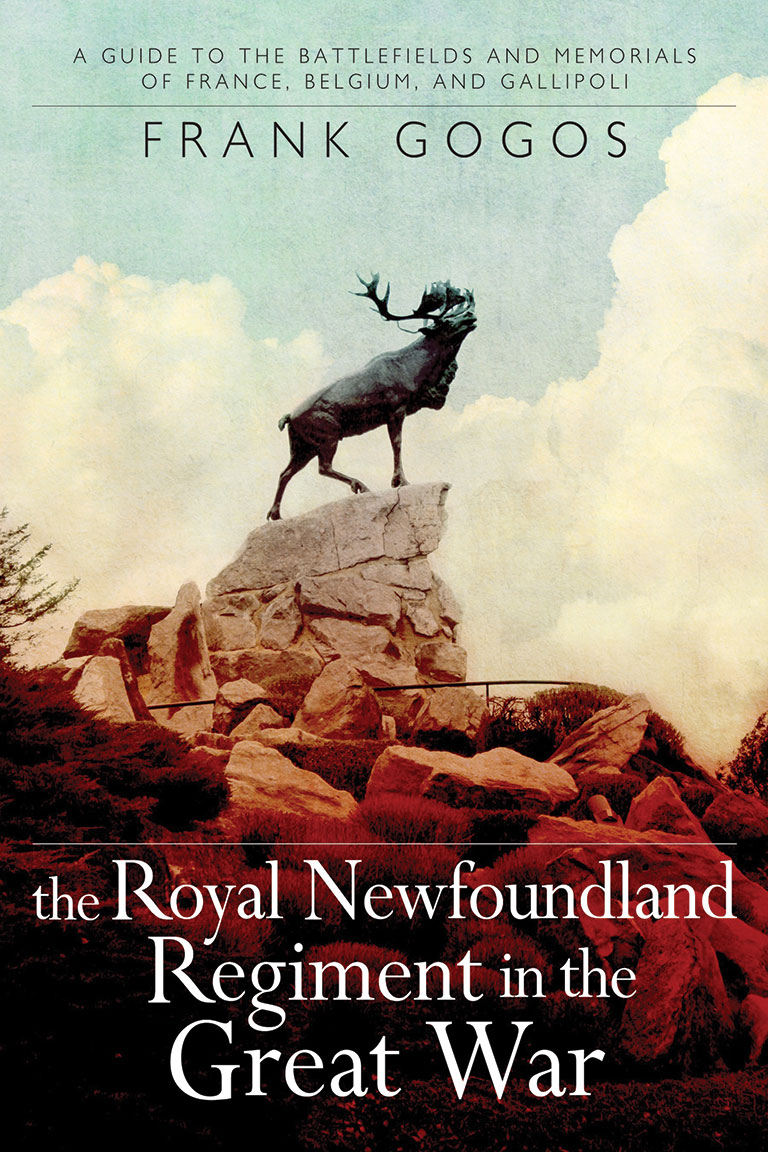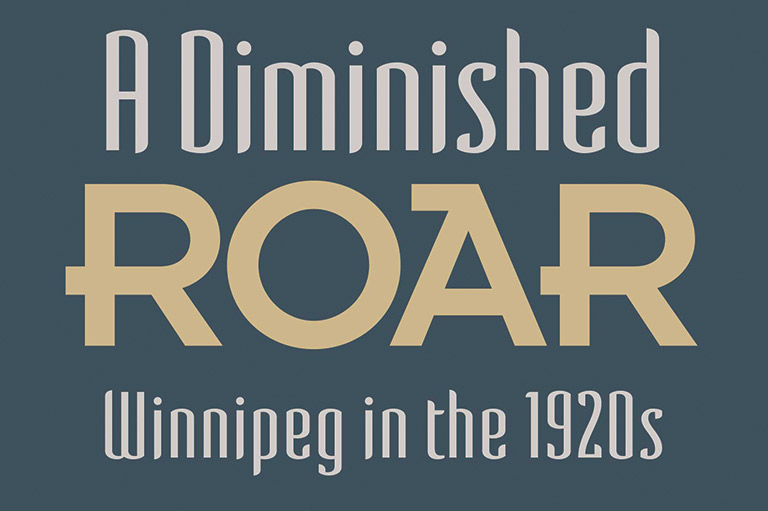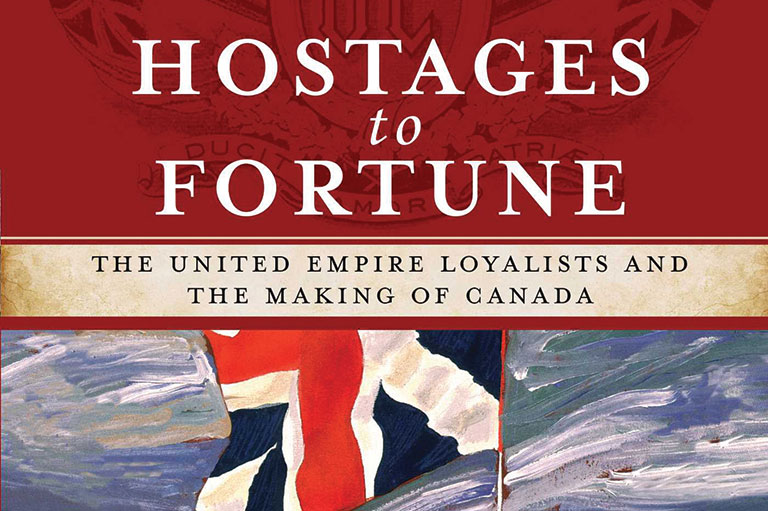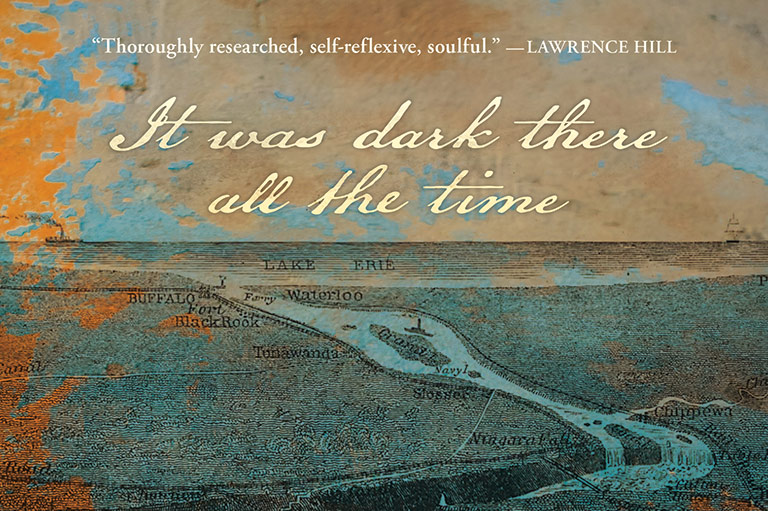The Royal Newfoundland Regiment in the Great War

The Royal Newfoundland Regiment in the Great War
by Frank Gogos
Flanker Press
336 pages, $24.95
When the First World War broke out in 1914, Newfoundland was thrust into the conflict as one of Britain’s colonies. From the first five hundred volunteers grew a proud and determined regiment that earned the designation “Royal” by the war’s end — the only time during the war that such an honour was granted.
In his latest book, The Royal Newfoundland Regiment in the Great War, historian Frank Gogos gives readers a virtual tour of key places in Europe that served as training grounds, battlefields, and, ultimately, sites of remembrance for the regiment.
Despite being economically and emotionally shattered by the war, Newfoundlanders were determined to honour the sacrifices of their soldiers. Under the leadership of Padre Thomas Nangle, the colony set out to identify the casualties of war and to create cemeteries and memorials overseas. The most recognizable of these are the five caribou monuments — the caribou was the official symbol of the regiment — dotted throughout France and Belgium.
Part history book and part guidebook, this short read is beautifully illustrated with archival and contemporary photos as well as detailed maps. The pages are filled with stories of men who served during the war, adding a personal touch to an overwhelming event.
For those planning a pilgrimage to the battlefields, this is a must-read. If you can’t make the trek overseas, it’s the next best way to follow the trail of the caribou.
Themes associated with this article
Advertisement




